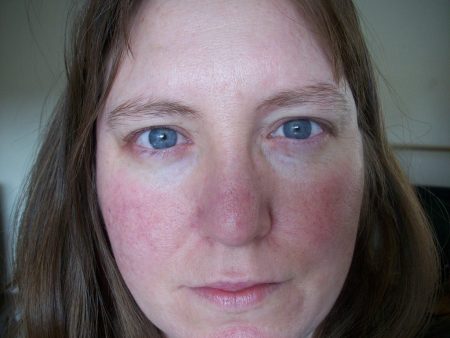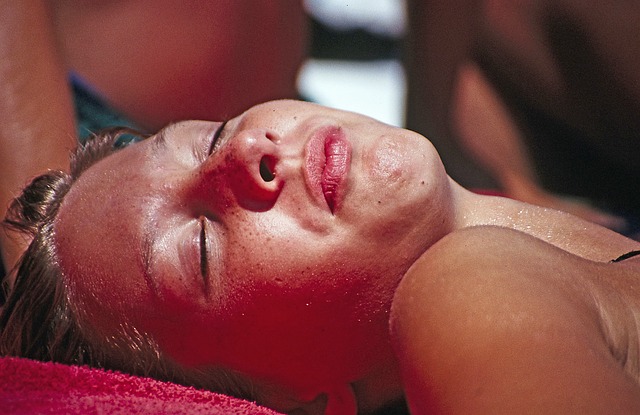What Are Antioxidants and Why Do We Need Them?
Every magazine article and tv commercial speaks about antioxidants and their seemingly miracle-working qualities. What are antioxidants really capable of and why do we need them? We take a little closer look.
Atoms, which make up molecules, are at the center stage of every chemical reaction that takes place within the body. To undertake ordinary chemical reactions, molecules should have a balanced charge. Balance in the molecules means everything is running smoothly, which translates to good health. The trouble begins when some atoms acquire an extra negative charge, transforming them into free radicals.
The free radicals roam the body looking for a balanced atom they can snatch an electron from to balance their charge. This solves the atom’s problems but creates another unbalanced molecule (free radical). As the free radicals increase in the body, many issues start to occur, including unhealthy chemical reactions and uncoordinated body functions. The resulting chemical stress can lead to diseases such as cancer, arthritis, respiratory and heart diseases. As long as there are free radicals in the body, the chain reaction continues, causing more chemical imbalances.
What is an antioxidant?
The damage caused by free radicals is known as oxidative stress. To counteract the oxidative stress, you require antioxidants. These are atoms whose work is to give the radical atoms the electrons they need to balance the charge. When there are enough antioxidants in the body, free radicals do not need to steal atoms from other atoms, breaking the chain.
Antioxidants that give away their electrons become oxidized so the radical molecules can gain balance and stop damaging the cells. Their mission is to find free radicals and prevent the reaction and formation of new radicals.
The key to chemical reactions is that they take place in the atoms, the core or foundation of the cells that make up the body organs. If the chemical reactions are altered in the cells, the entire body will react differently.
Origin of Free Radicals
Inhaling pesticides, household cleaners, smoking, radiation, alcohol consumption and exposure to industrial waste can expose you to free radicals. Processed foods, sugary foods, some medications, and emotional stress may raise the levels of free radicals in the body. This means that you need to take care of your diet, understand the chemical composition of prescribed drugs and steer away from radiation therapy if possible.
To ensure the body’s supply of antioxidants outnumber the free radicals, limit chemical exposure and consume foods high in vitamins and minerals. In fact, we recommend that you fill your plate with all colors of food. This ensures you get all the required nutrients to fight off the free radicals.
How do you get more antioxidant power?
Diet is one of the most important considerations. As you will realize, you cannot prevent the total formation of free radicals or oxidation because these are some of the byproducts of the body processes. Supplements and foods rich in minerals and vitamins are vital in achieving the optimal power to clean the body and stay healthy. Vitamin C is one of the vital nutrients 
To boost the protective power, you should make a conscious decision to eat foods high in antioxidant power. These include whole grains, fruits, and vegetables. It is important to note that how you prepare your meals can preserve or destroy their potency or ability to fight off destructive elements in the body. Deep frying food leads to oxidation and breakdown of nutrients and so does overcooking. Cooking over low heat ensures all the nutrients stay intact.
Stick to a healthy diet and ensure you include foods rich in Vitamin C, A, E, lutein, flavonoids, selenium, and lignan. As noted earlier, vitamin C is the best antioxidant, so make sure you eat foods rich in the vitamin, such as citrus fruits, strawberries, and green leafy vegetables.
If you are worried about oxidation effects on your body, find solace in the fact that most bodily organs have a natural way of protecting themselves from this dangerous process. They can produce chemicals to fight oxidation and protect their cells from free radical damage. Being aware of the effects free radicals can have on your body can help you make better diet and lifestyle choices.
If you have questions about antioxidants in your body, contact our office today!
Lear MoreRosacea Awareness: What is Rosacea? What Does it Look Like?
According to the National Rosacea Society, rosacea is a progressive acne-like condition that starts from the face and over time, may spread to other parts of the body including the chest and neck. The condition causes painful pimple-like bumps to appear on various parts of your face including the ears, eyes, nose, cheeks, forehead, and chin.
In addition to being painful, the condition may also cause facial swelling. When left untreated, it may cause the capillaries (small blood vessels) on your face to dilate and become visible on the skin. Furthermore, it may cause your skin to become hard and thick, causing your nose to appear enlarged.
Currently, this condition affects more than 15 million people in the US alone and about 45 million people worldwide. The risk factors for it include age, hereditary factors, gender, and race. With that in mind, here is a detailed look at this potentially life-disruptive skin condition.
The Different Types of Rosacea
As mentioned above, rosacea is a progressive skin condition, meaning its symptoms tend to get progressively worse over time. In essence, rosacea progresses in four distinct stages, with the signs and symptoms of the disease varying at each stage. Because of this, researchers have classified rosacea into four subcategories. These subcategories include:
Erythematotelangiectatic or Vascular
Erythematotelangiectatic or vascular rosacea is essentially early-stage rosacea (pre- rosacea), meaning it is a mild condition. The signs and symptoms of erythematotelangiectatic rosacea include chronic skin redness, flushing of the skin and in some cases, telangiectasia (visible capillaries). The treatment options for this type of rosacea include laser treatment and oral or topical rosacea medications, such as minocycline and doxycycline. However, it is important to note that these treatment options do not completely cure the disease. In other words, they only relieve the symptoms of the disease.
Inflammatory Rosacea or Papulopustular
This is the second stage of the disease. At this stage, pustules and papules will appear on your face, causing you to experience persistent facial redness and flushing. To relieve the symptoms, use topical gels such as metronidazole.
Phymatous
At the third sage (phymatous rosacea), the symptoms include all the symptoms for stages one and two, as well as the growth of new skin tissue on the affected areas, causing your skin to become hard and thick. Moreover, the excess skin tissue may cause your nose to grow bigger and become bulbous, a condition called rhinophyma. To get rid of the excess skin tissue, you would need to undergo surgery or laser treatment.
Ocular
This is the fourth and final stage of the disease and as the name implies, it primarily affects the eyes. The signs and symptoms associated with this type of rosacea include a burning sensation of the eyes, blurred vision, recurrent styes, swollen eyelids, tearing and dry eye. It is worth noting that, when left untreated, ocular rosacea can easily damage the cornea, eventually causing blindness. Physicians usually use low-dose antibiotics to manage this condition.
At this point, it is important to note that you can develop all the aforementioned types of rosacea either in sequence or at once. In fact, it is quite common for patients to develop multiple types of rosacea at once. Additionally, it is worth noting that, although rosacea is a progressive condition, it does not always progress from one stage to another. However, the symptoms tend to get progressively worse over time. For this reason, you should seek medical attention as soon as possible, even for early-stage rosacea.
Risk Factors
While rosacea can affect virtually anyone, certain people are more susceptible to the disease. According to surveys by the National Rosacea Society, the risk factors for rosacea include:
- Age – A survey by the National Rosacea Society found that rosacea mainly affects people aged 30 years or older. Specifically, the survey revealed that people between the ages of 30 and 50 account for nearly 45% of all new rosacea infections, people above the age of 50 account for nearly 40% of all new infections and people under the age of 30 account for only 17% of new infections.
- Fair skin – the aforementioned survey also found that people with fair skin account for more than 70% of all rosacea infections.
- Blushing and flushing – People who tend to blush and flush easily are nearly six times as likely to develop rosacea compared to people who do not blush or flush easily.
- Hereditary factors – People with a family history of rosacea are more likely to develop the disease.
- Ancestry – Although rosacea affects people of all racial backgrounds and nationalities, Americans of Eastern European, Scandinavian, Scottish, Irish and English ancestry are particularly prone to the condition.
- Gender – The disease is more common in women than in men.
Treatment Options
Oral and Topical Therapies
Currently, there is no cure for this long-term skin condition. However, oral and topical therapies can help manage the condition and ease the symptoms of the disease. Long-term use of topical therapy is particularly important to maintain remission. In certain cases, dermatologists use both invasive and non-invasive surgical techniques to manage the condition. This includes laser skin treatments that we offer at our office.
Skin-Care 
You can use a gentle-skin care routine to manage the condition. In essence, you should clean your face with a non-abrasive cleanser and lukewarm water. After cleaning your face, blot it dry with a soft cotton towel instead of rubbing it with a rough washcloth. At the same time, always wear sunscreen with an SPF of at least 15 when outdoors in the sun.
Lifestyle Management
Things that increase blood flow to the surface of your face can actually aggravate the condition. For this reason, you should identify and avoid triggers.
Rosacea is a long-term skin condition that mainly affects people ages 30 and older. The signs and symptoms of the disease include pimples that appear on the face, neck, and chest. Researchers do not yet know what causes this condition. As a result, there is no current cure for the condition. The available treatment options, including oral, topical and surgical therapies, only manage the symptoms of the disease. If you suspect you have rosacea, contact us for a consultation today.
SaveSave
SaveSave
Lear More
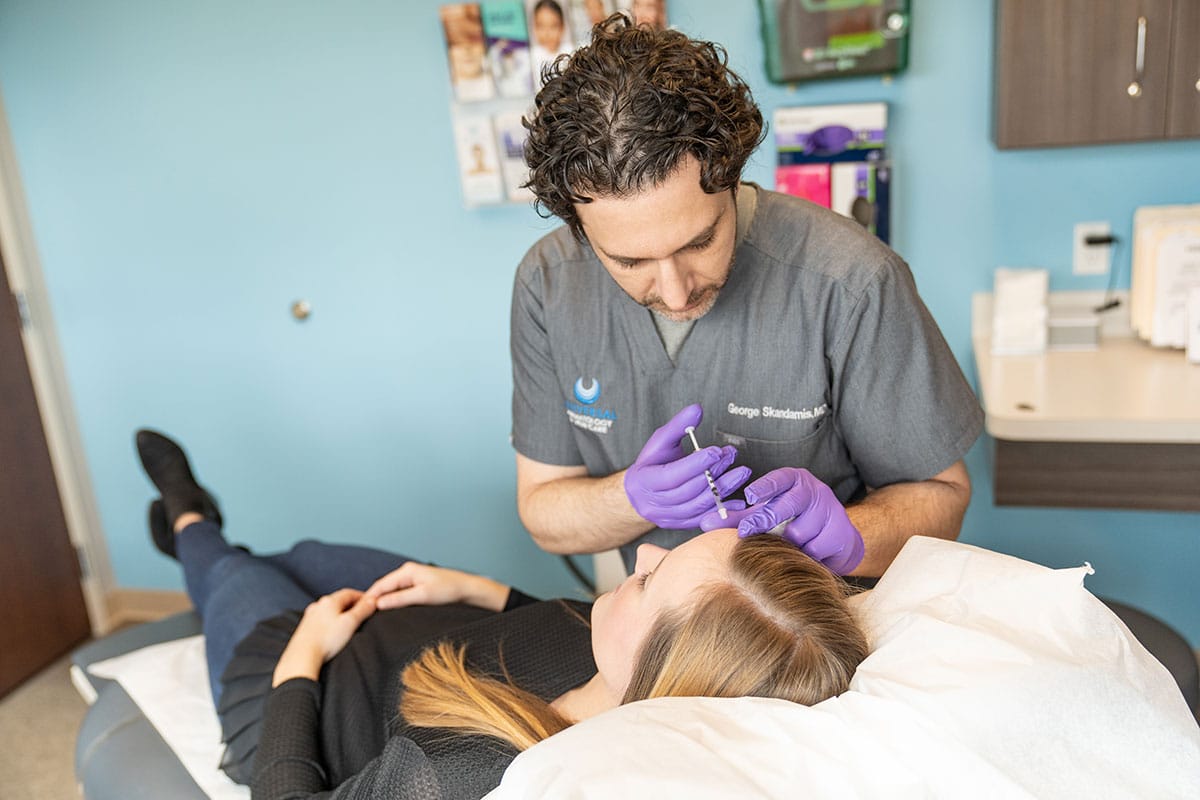 Our Dermatologists
Our Dermatologists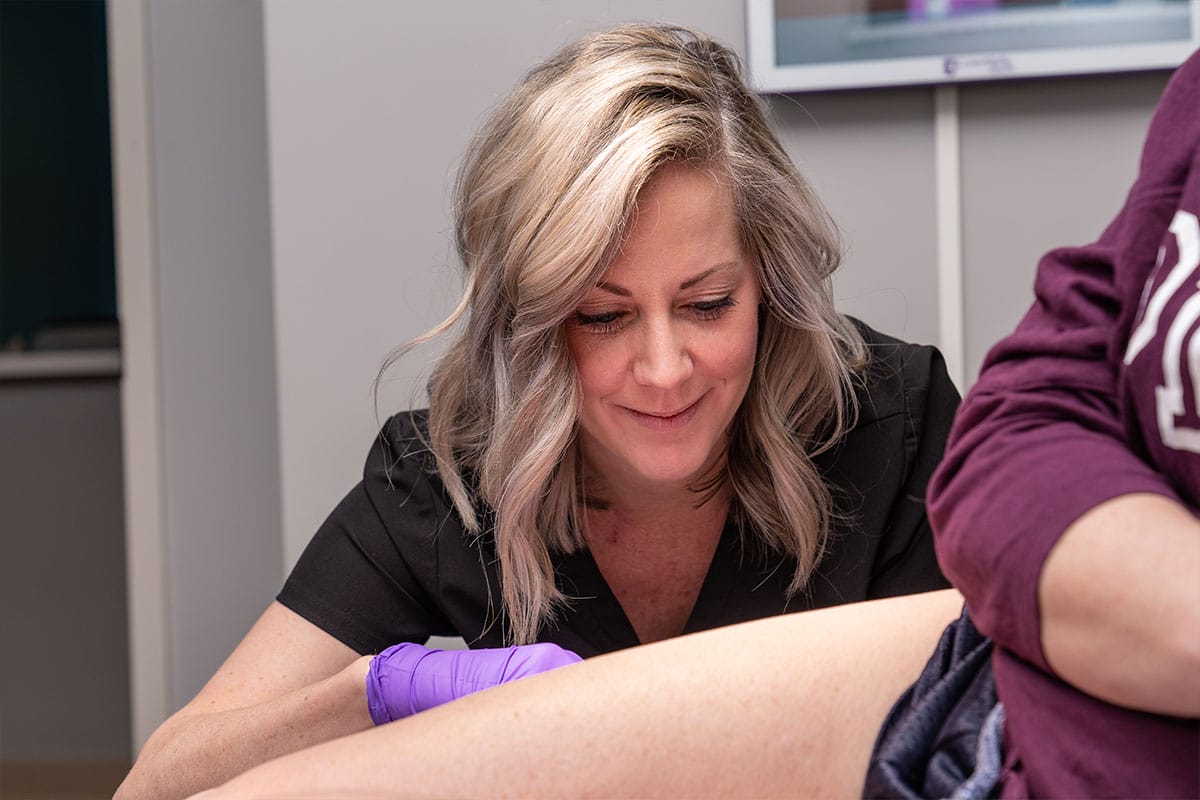 Our Providers
Our Providers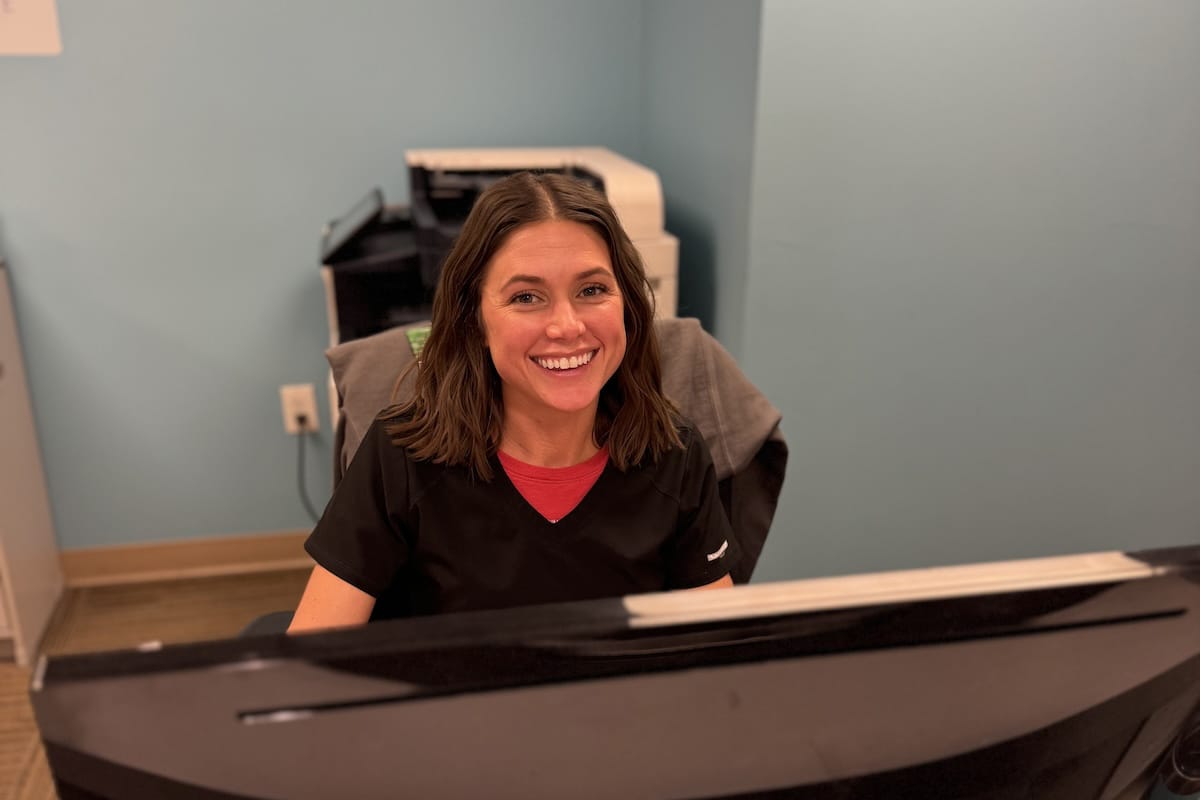 Our Staff
Our Staff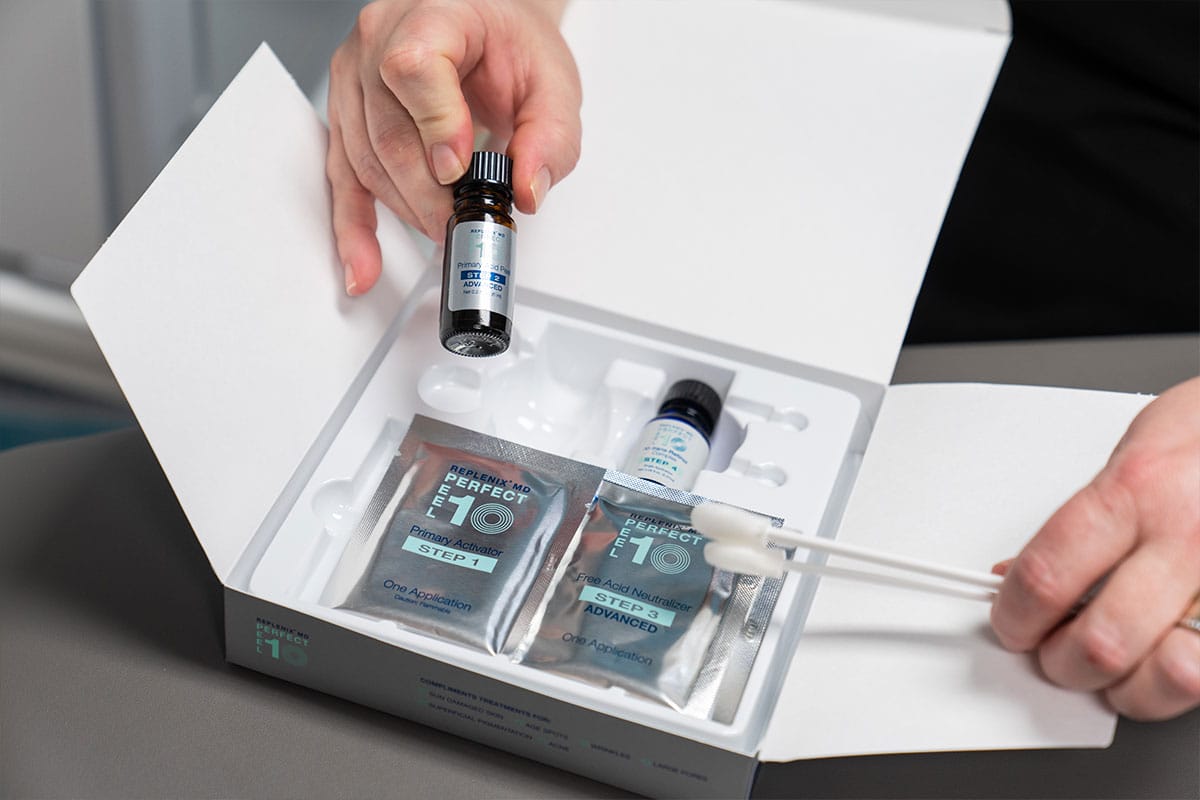 Specials
Specials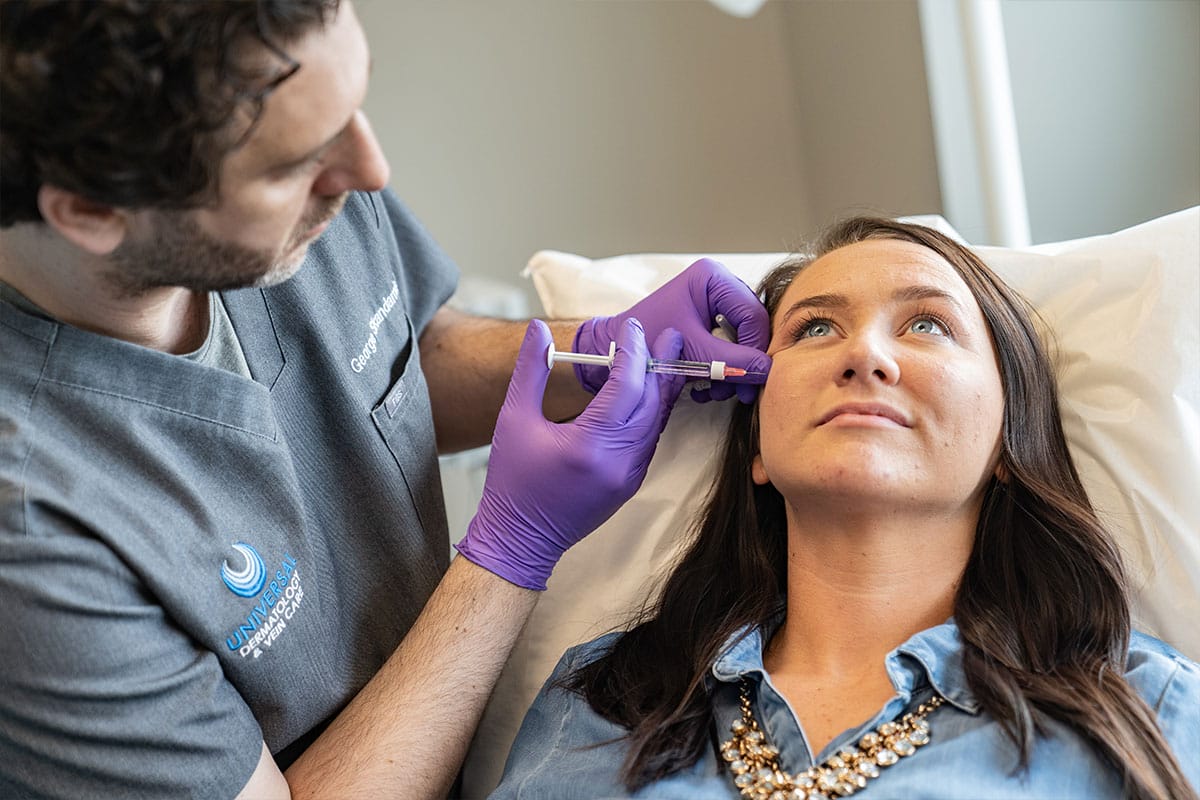 Financing
Financing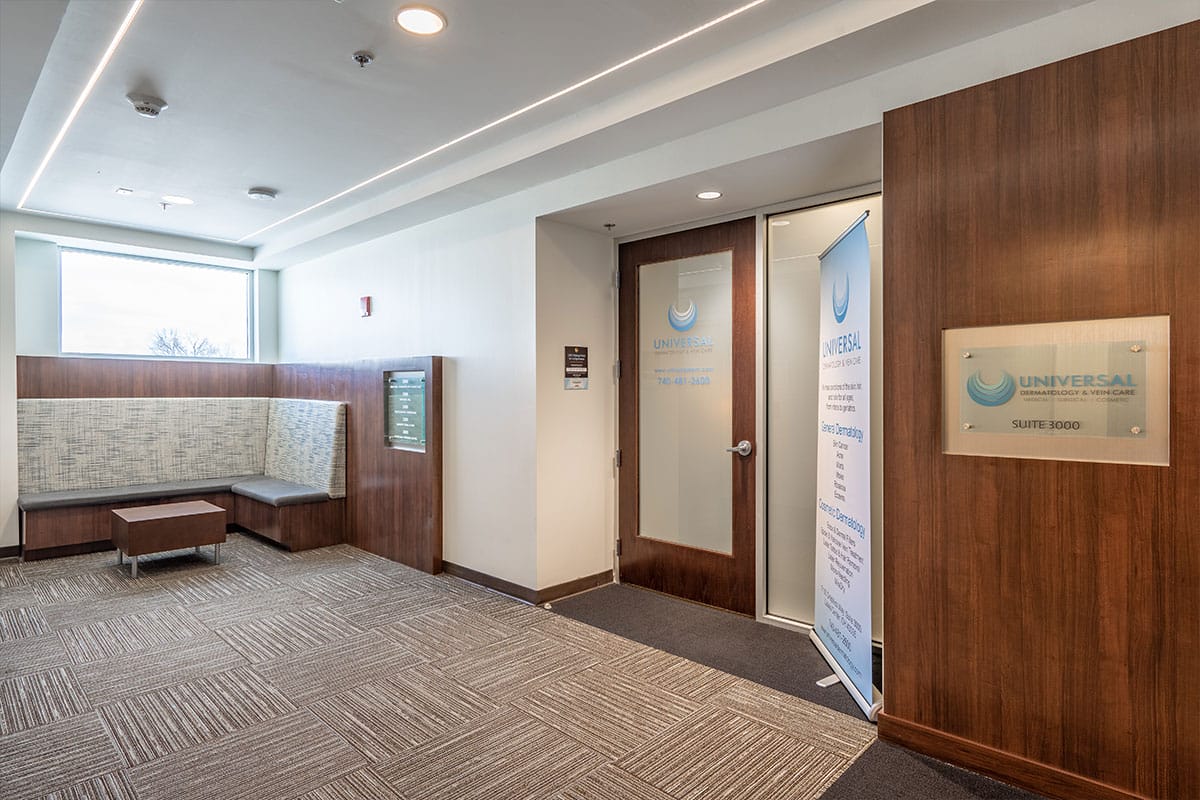 Pay Bill Online
Pay Bill Online